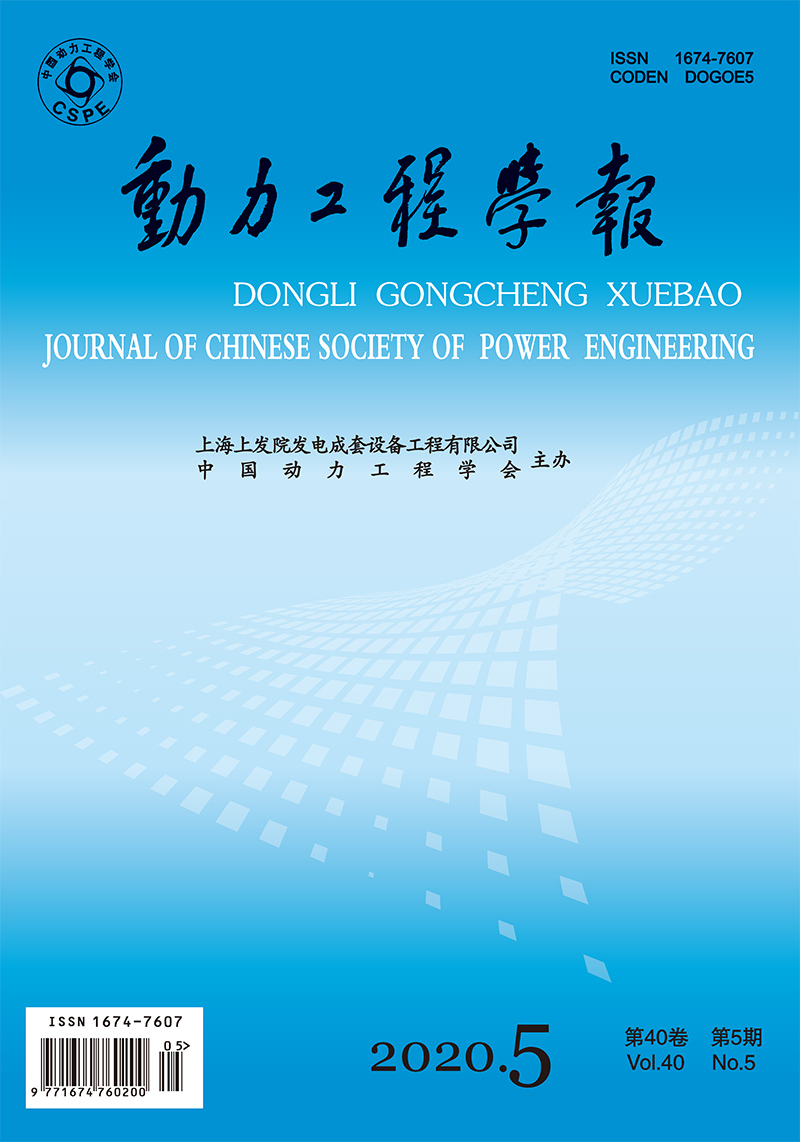Boiler Technology
LI Yaode, YANG Dong, ZHOU Xihong, DONG Le, WANG Siyang
The migration characteristics of heavy metal elements Pb, Ni and As in the co-combustion of low-quality fuel (high alkali coal) and biomass fuel (sludge) were studied at the characteristic temperature of a CFB boiler. It is found that the combustion temperature plays an important role in the thermodynamic equilibrium distribution of heavy metals. The higher the temperature is, the higher the molar ratios of Pb, Ni and As would be in the gas components. When the temperature exceeds 1 300℃, Pb would migrate to the gas components in the element state. In the CFB temperature range, Pb deposits on the surface of fly ash particles, with most part in the form of PbCl2 and a small amount in the form of PbCl. When the temperature gets above 1 800℃, Ni exists mainly in the form of Ni(g) in the system. Throughout the combustion temperature range, the mass fraction of As increases with the rise of temperature in the form of a single substance. The alkali metal Na mainly competes for the elements Cl and O in the fuel to achieve morphological conversion to heavy metal compounds. Compared with Na, the competitiveness of K is weaker, and K competes for ion CrO42- in the Ni compound at 700℃, resulting in an decrease in the mole fraction of NiO, while K competes with Ni for element O in the system at 850℃, when the reaction process is different from that at 700℃.
